- Home
- Cooking With Wood
- Campfire Cooking
Campfire Cooking
This post may contain affiliate links so I earn a commission.
Campfire cooking has been around for centuries.
Using an open fire and a hot bed of coals to create a delicious meal or snack is an experience everyone should enjoy.
Let's face it, no camping trip is complete without a traditional campfire.
If you're like me, the smells, sounds and warmth of an open fire will bring back enjoyable childhood memories etched into your mind.
But a campfire is more than just a place to relax and tell stories......it's a place to eat!
Whether you're cooking breakfast, lunch or dinner, every meal tastes better when cooked over an open fire.
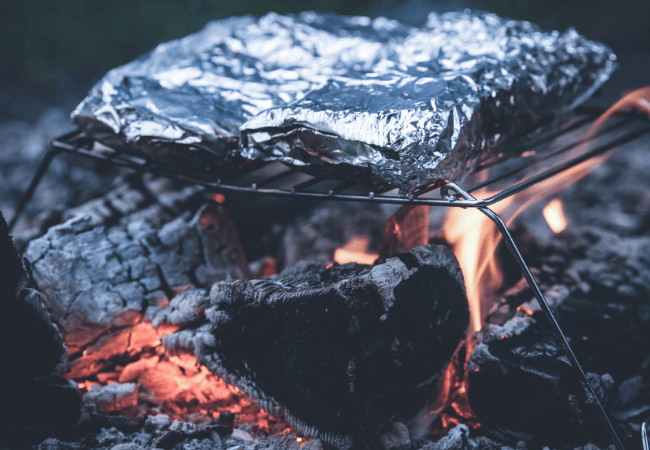
If you've never done it before, the thought of campfire cooking can be a little intimidating.
After all, you're not just turning on your natural gas stove or oven and walking away.
Don't worry though.....building a fire and using primitive cooking methods to create an eatable meal sounds a lot harder than it is.
Actually, cooking over a campfire is simple and easy.
With a few basic tools and some firewood, you can create mouth watering meals that your whole family will enjoy.
7 Tips For Campfire Cooking
Tip # 1 - Choose A Safe Location
Building a fire in a safe location is extremely important and that's why it's number one on our list.
A majority of campgrounds offer designated fire pits that should be used if they're available.
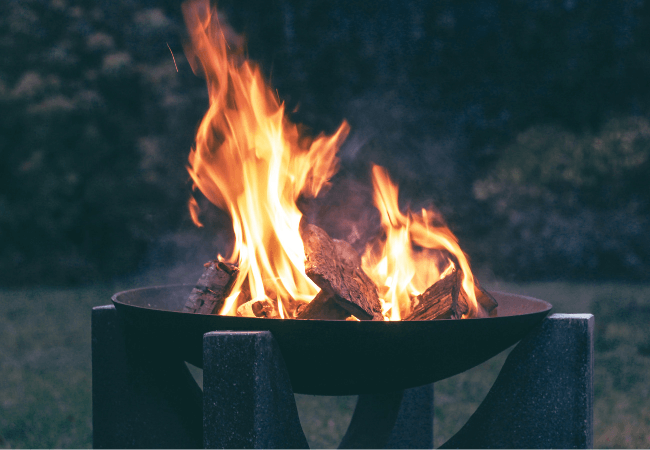
If a pre-made fire pit is not available, create a space using rocks or bricks to contain the fire.
Choose a location that's away from any nearby grass or limbs that could catch fire.
To build the fire pit simply dig out a small impression into the ground about 3 feet in diameter.
Next, use rocks or bricks to line the outside edge of the fire pit creating a non flammable barrier.
By digging the fire pit slightly below grade level it not only shelters the fire from the wind but it also limits the possibility of the fire escaping.
Also, when you're done don't forget to safely extinguish your campfire before you go to bed.
Tip # 2 - Don't Cook On A Windy Day
Campfire cooking on a windy day can have several unwanted outcomes.
A strong gust of wind can easily carry away a hot spark causing an unwanted fire.
Strong winds will also disrupt ashes that will land in your food.
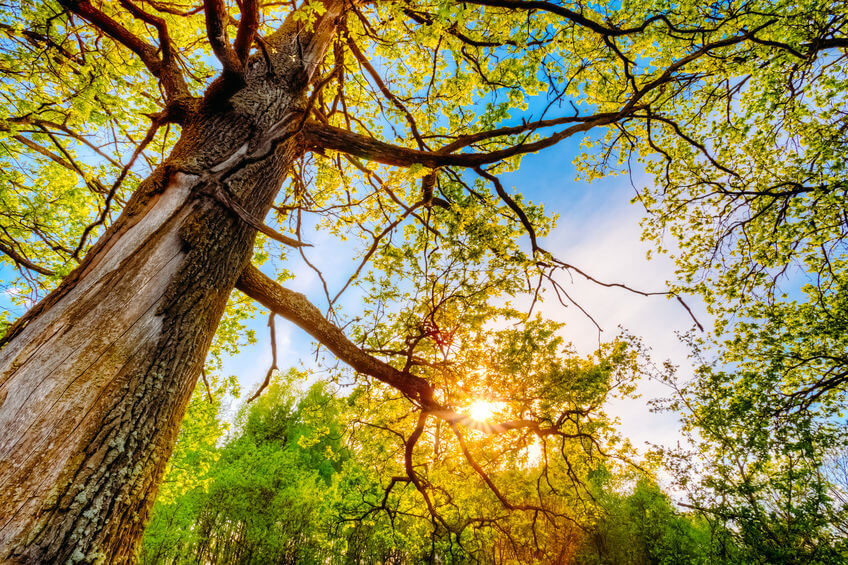
I've noticed a constant moderate wind can also make creating an even cooking temperature pretty tough because the wind will blow the heat and flames around a lot.
Typically when you cook breakfast in the morning or dinner at night, the wind is relatively calm and not an issue.
However, if it's really windy I suggest waiting for the wind to die down.
Tip # 3 - Use Seasoned Firewood
Use only dry seasoned firewood to build your campfire.
Attempting to cook over a fire built with wet or freshly cut wood will be frustrating to say the least.
The wet wood will smoke and sizzle and will not give you enough hot coals to prepare your meal.
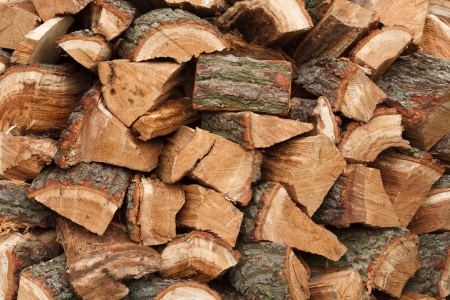
When cooking with wood I like to split the pieces of firewood a little bit smaller than normal so I can easily control the temperature of the fire.
You'll have to feed the fire with wood more often but you can quickly stoke the fire if needed and the smaller wood burns cleaner without unwanted smoke.
Tip # 4 - Establish A Hot Fire Before Campfire Cooking
After you light the campfire, don't start cooking over it immediately. Allow the fire to burn for about 30 minutes to an hour.
When cooking over a fire you don't want to cook on the direct flame.
Instead, you want the heat from the coals to do all the work.
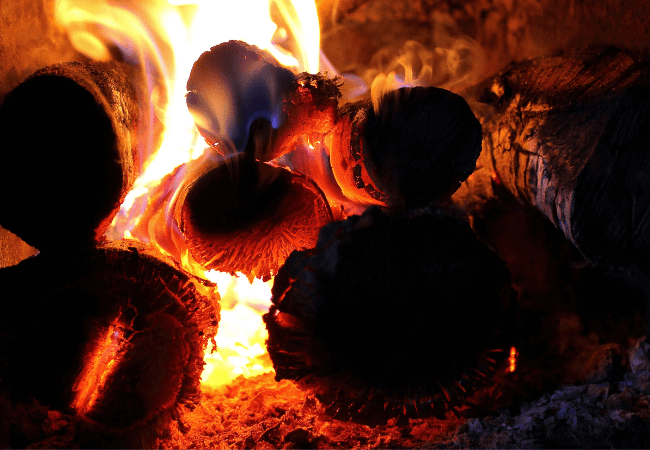
After about 30 minutes the fire should be burnt down enough to begin your meal. You can always add more wood to the fire as you cook.
This initial bed of coals is similar to grilling with charcoal.
You always let the charcoal burn down a little bit before you start cooking so you can cook over the hot coals and not the direct flames.
Tip # 5 - Use The Right Equipment
Cast iron is a great material for cooking over a campfire.
The thick, heavy material is not only durable, but it cooks evenly and decreases the chance of burning your meal on a hotspot inside the pan.
It's best to have a designated pan specifically used for cooking over a campfire.
Make sure the cast iron pan is properly seasoned so your food won't stick and you will have a quality pan that will last for years.
Tip # 6 - Be Patient
Sometimes the temperature of an open fire can be difficult to regulate.
Cooking over a fire is not like using your kitchen stovetop.
Changing the temperature of the fire is not instantaneous like it is when you turn the knob on your gas range.
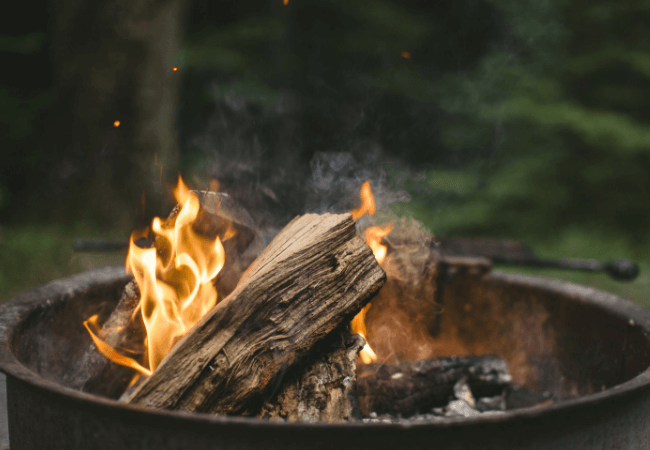
Make sure to check your food regularly to prevent it from burning and to make sure it's thoroughly cooked.
Using tools like a campfire grill to cook over a fire makes things a lot easier because you can adjust the grill over the flames to a perfect cooking height!
Once you become fore comfortable with campfire cooking you won't have to check your food as often because you will quickly learn how long that particular food should take to cook over an open fire.
Tip # 7 - Have Fun And Relax
Okay.....so it should be relatively obvious, but don't forget to just relax and enjoy your meal.
Don't try to make it "perfect" and don't be afraid to experiment a little with different techniques.
Try wrapping vegetables in foil or even using a dutch oven to make soup! Campfire cooking is about the experience........that's what makes it so much fun!

About the Author
Obsessed with firewood, Nick is behind over 350+ of Firewood For Life's articles, as well as countless reviews, guides and YouTube videos to help readers like you reduce heating costs and create the perfect fire.


